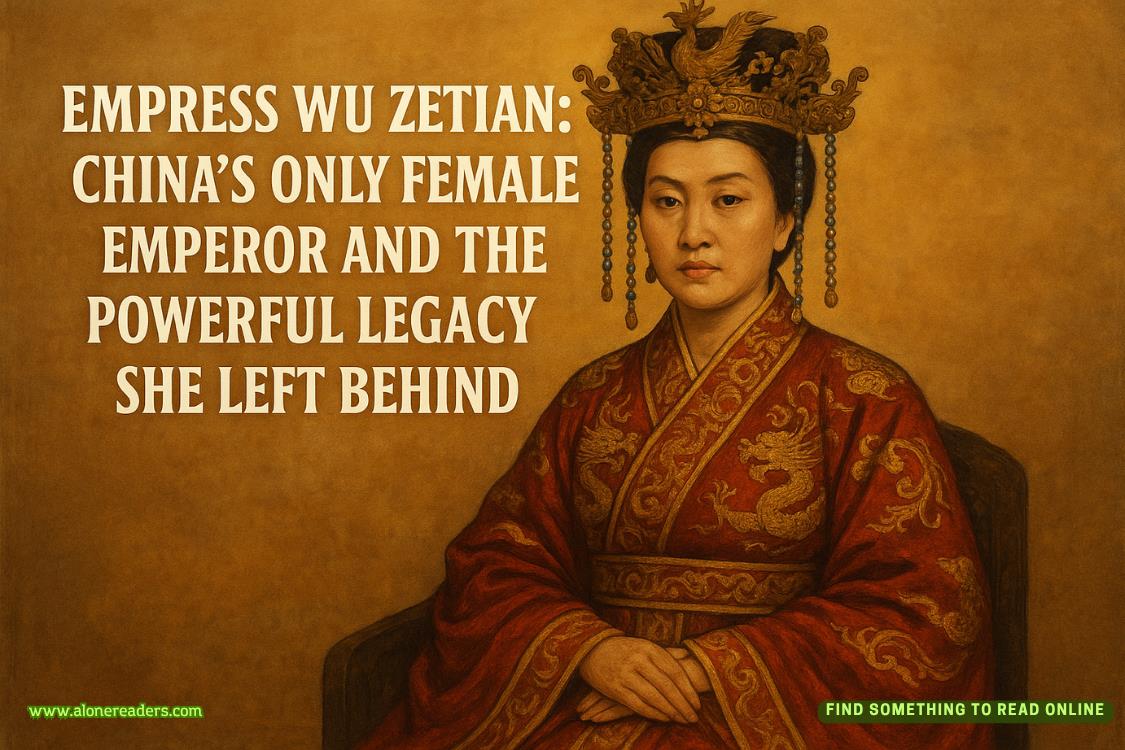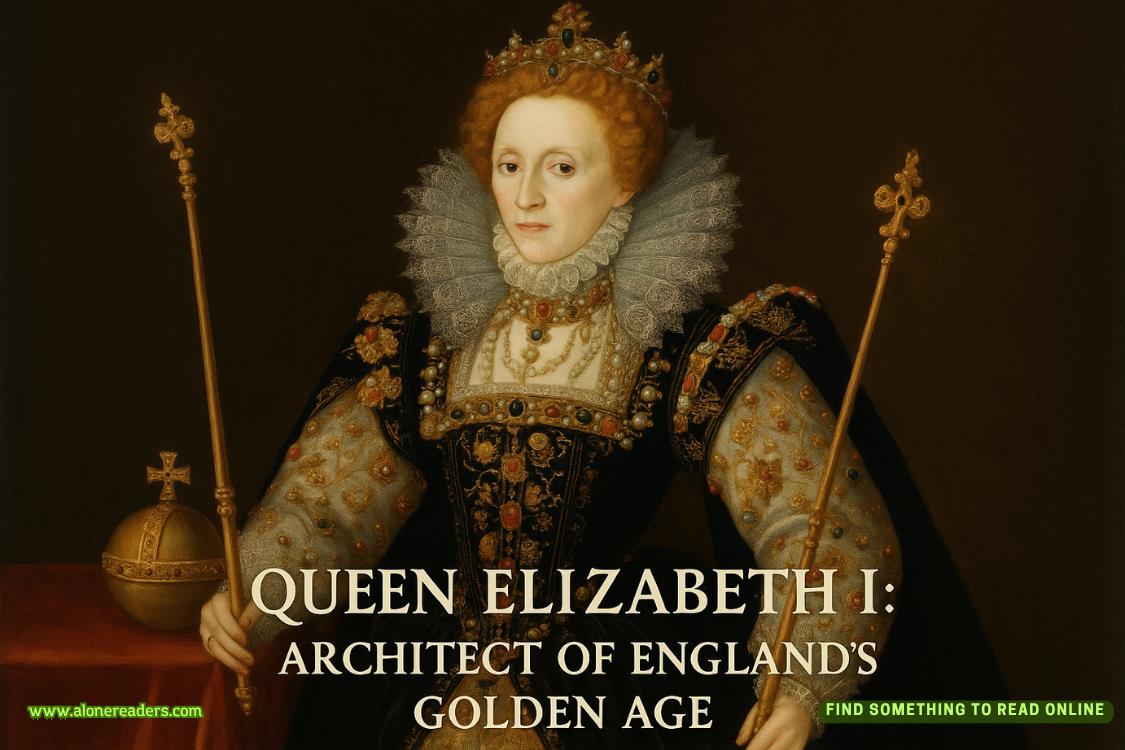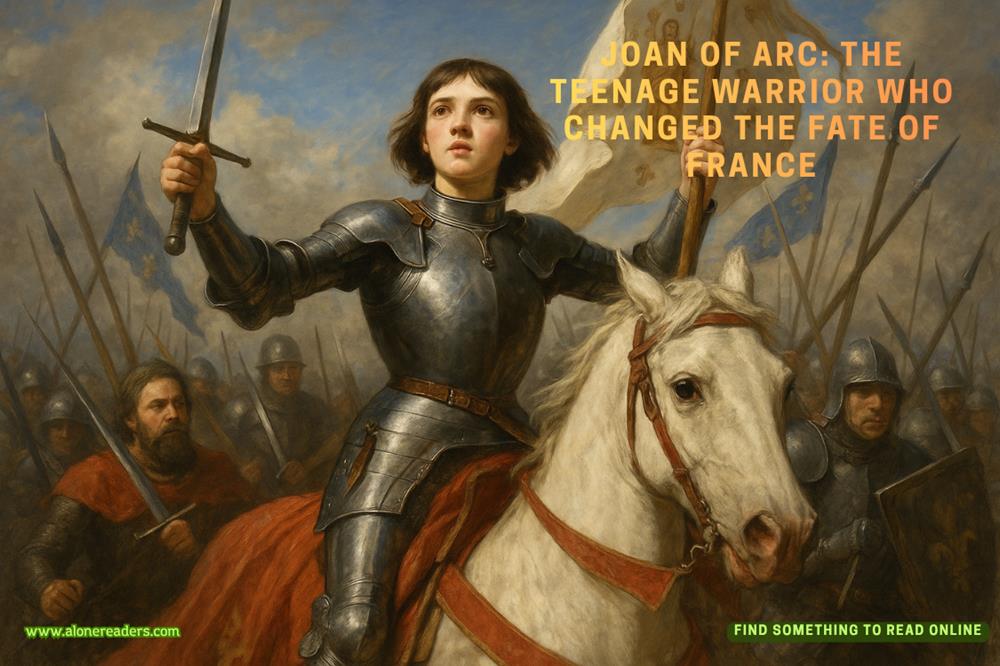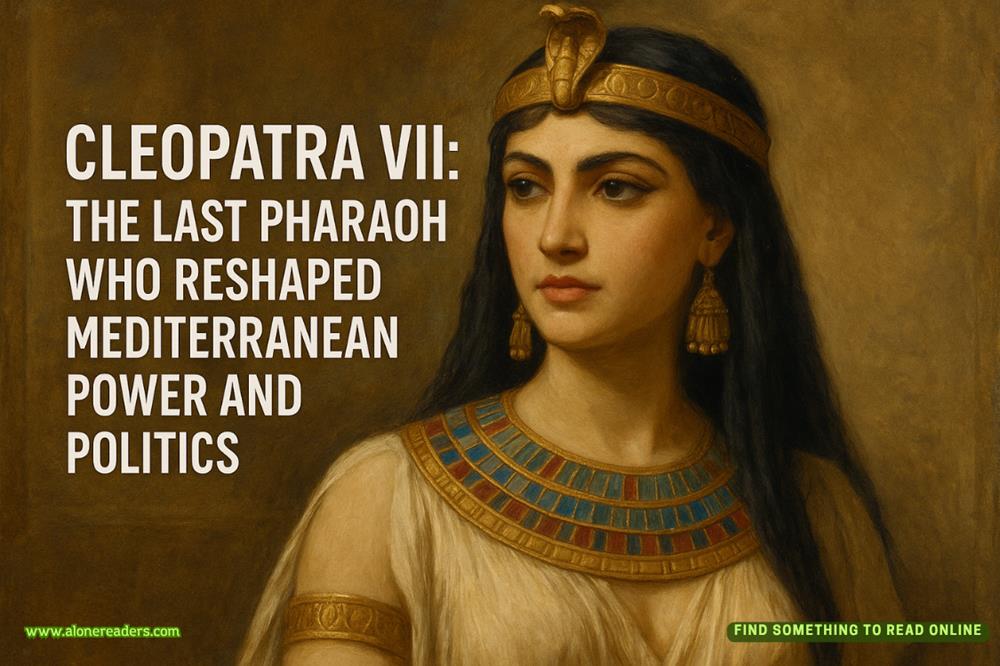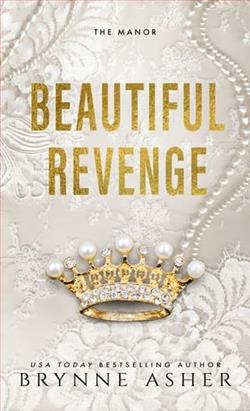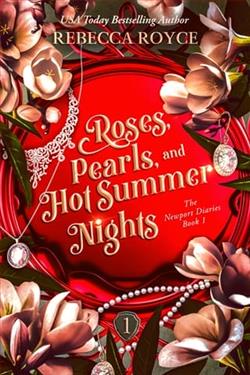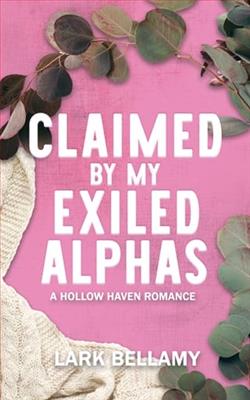Page 96 of Myths of Origin
I wrote it merely to write it, and I poured into it everything I thought I knew, all of the hurt and uncertainty and depression and mania and wildness and misery of my twenty-two years. At the time, I thought it was probably the only book I’d ever write.
Of course, I made myself a liar almost immediately. A few days further into October, I opened up a blank file and wrote the first words of what became The Orphan’s Tales.
It was a strange, long, inchoate summer. But out of it came everything else.
Three Days in the Archetype Mines
Fast forward a year and I had just gotten married, just moved to Japan, just gotten a fluffy yellow dog and a house in the suburbs of Yokosuka. I was installed in it like any housewife of 1957, meant to wait for my Naval officer husband to come home at infrequent intervals and entertain myself.
I wrote Yume no Hon as an entry for the Blue Lake Books 3-day Novel contest. The thing I remember most about those three days was that Blue Lake required someone else to sign a form certifying that you had written your manuscript in three days as per the rules—and I didn’t have anybody. My husband was at sea and I had no friends. I called the only other person in town I knew, who happened to have been my high school sweetheart, years ago. He’d joined the Navy, too. He signed the form and we had nothing to say to each other.
Yume is a novel of loneliness first and foremost. A hymn or paean to being alone—though it does not praise it. It seeks for the light and the hollows in solitude, solitude being what I possessed in abundance. I had discovered the strange, gorgeous names of the Heian calendar, and as I watched those times of year come in Japan, an utterly other calendar than the one I, California girl, was used to, I began to think of Ayako, and how she might dwell within those seasons, in and among and beside them.
I have occasionally referred to Yume as the suicide note I never delivered on. How’s that for an introduction to a poetic little novella? Well, so it goes. It is the work of a person profoundly not alright, a person living a Betty Friedan life in a post-Paglia universe, a white woman living in Japan, a twenty-three year old who saw no end to the isolation and sameness of the life she had chosen for herself. It is all of those things, and it is also a novel of feminine archetypes, of Pele and Tiamat and Isis and the Sphinx, all of whom live in a broken old hermit named Ayako, as they live in all of us or they wouldn’t be archetypes. How those archetypes want us to survive, and to survive in us, how they evolve and force us to evolve. It deals in physics, the physics of infinite paths and worlds and states of being, infinite ways of being here and yet not-here.
In my life I have often been accused of being deliberately obscure in my writing, of meaning nothing, of being pretty for pretty’s sake. Perhaps you can see that all the things I write about, and am still writing about, have always seemed vitally immediate to me. They are not even truly metaphors. Ayako is her dream. There is no difference. And everything she dreamed was everything I could not process outside of fiction. What it meant to be alone. What it meant to be a woman. What it meant to make choices I imagined a better woman would not make. I have always been a confessional writer, and if anything can be said of the period of my work covered by this collection it is that this was my most confessional time. I had not yet learned how to tell anyone else’s story, only to drape silk and history over my own. Of course, perhaps we never really do anything else.
This is, at its purest essence, a book of choices, and the punchline, if such a thing applies, is that they are all taken eventually. That literally, not metaphorically, we life every life, and some of those are lava-goddesses and some of those are husks that used to be human, clinging to a mountainside. It is a book that helped me live.
I lost the contest.
When, ultimately, Yume no Hon was published, we decided to print two editions, one red and one blue. Given that the novel deals with light and physics as much as dreams and myth, I chose to separate the book along the light spectrum. It seemed to me to say that this one book could be any book, any path taken, any choice, any author, any reader. We have chosen to print the blue version here.
Some 170 words are different between the two editions, and to make it easier on readers who are not collectors, I print the differing texts here:
Blue:
On the other hand, the wavelength of each potential self is determined by its distance from the fulcrum-crone. But if we understand any of an infinite series of women and ur-women to be fulcra, the wavelength of each self is also infinite, both infinitely short and infinitely long, infinitely red and infinitely blue. Instinctively, these selves seek each other out and merge, unable to comprehend the depravity of their conviction that a single woman can serve as a hinge around which they all turn. The resulting sea of constantly merging and disengaging selves resembles the primordial mitosis-swamp—the infinite female, treading water in a mass of pure, white light.
Red:
On the other hand, the wavelength of each potential self is determined by its distance from the fulcrum-crone. But if we understand any of an infinite series of women and ur-women to be fulcra, the wavelength of each self is impossible to determine, being both identical with and impossibly far from its point of origin. In the yolk-riddled void, these photon-bodies float, flashing red and blue, containing within them all possible redness and blueness, joining together like spinning gears, and at each notch exploding into a third (or fifth, or eleventh,) mirror-self, gashing the darkness in its birth pangs —a wash of pure, white light.
An Eight-Headed Problem
If every novel has a seed, this one lay in a confluence of myth and history and my traveling in Japan—that Susano-no-Mikoto, the Shinto god of storm and wind, completed his major myth cycle, destroying an eight-headed dragon, in the city of Hiroshima.
These things seemed to go together to me in some fundamental way. Huge ribbons of history pinned in this one place. And yet, at the same time, I had such terrible sympathy for Yamato-no-Orochi, the dragon in question. He or she or it spent most of their time roving the countryside and eating maidens, a common hobby for dragons in all cultures. Yet it is summarily executed, by Susano, who is no one’s idea of a hero and is not meant to be seen as one. Instead, he is a trickster, and I found it hard to exult in his victory.
This is probably the most textually experimental and angriest of my work. Its feminism is not only one of giving the maidens names and hopes and dreams, of speaking for the monster, but of rage at the constant helplessness of simply being female in a world of hyper-idolized masculinity, of being traded, a trophy for one god or a meal for another. There is a small comfort in community, of women similarly devoured, similarly in the dark, turning the identity of the monster into their own identity. You are what you eat, you become what you destroy. Having often been treated as a problem to be solved rather than a person in my familial and romantic life, well, I felt I had something to say about all that.
I have always been fascinated by the monster and the maiden—they are my yin and yang, constants in mythology and folklore, constants in life, though in life the innocence, if there is any to be had, is not always all on one side or the other. Japanese art is full of examinations of young girls and monsters, and though in American geek circles this is often played as a joke, I felt there was something deeper there. I wanted to write the book of the monster and the maiden, and in connecting that to Hiroshima and the monstrous acts there, it came to encompass the entirety of the Shinto creation myth, which begins with an act of terrible, brutal denial of feminine agency, even existence, and bounces through another and another—not terribly different from Western creation myths, really.
I should mention that in the original myth cycle, Yamato-no-Orochi is not the leech-child born of Izanami and Izanagi’s first meeting. No further mention is made of the child in any text I could find. I struggled for a long time over this change in the original story—it seemed to me to fit, like a puzzle piece, but I am not a Japanese woman and I did not want to appropriate or disrespect a culture I had come to call, at least in some uneasy part, home. In the end, however, I realized that I would change a piece of Greek or Roman or Celtic myth, if it opened up a new window into the story. I felt that in the absence of an ending for the leech-child’s story, I could fill in the corners, shade and shape. I hope I have done well by that poor creature.
This novel bridges my last days in Japan and my coming back to America. My world was changing, the snakeskin of my old marriage falling away, the mutant maiden-monster of my new self emerging into a new world. I was working on the second book of The Orphan’s Tales, what would become The Book of the Sea. In the end the two books came out within weeks of each other. This was a difficult book to write, because of its anger, perhaps, because of the trapped women in it, who so nearly resembled my own situation. In the end, however,
it is one of my favorite of my own books, I am proud of it and its anger, and it is a gift to the country I lived in for so long, struggled with, and finally came to love.
My Dinner with King Arthur
The inclusion of this last novella might seem anachronistic, as it came out in the fall of 2009, three years after The Grass-Cutting Sword and four years after The Labyrinth. In fact, it came out on the day of my second wedding, on a bright day in November when the world was much better than it had been for some years. However, it was written much earlier. Novellas are notoriously difficult to find publishers for, and it stayed in my “trunk” the word we still use to describe the no-man’s-land of our crowded hard-drives where unpublished work lives until it does or does not find a home.
In fact, the Galahad chapter of Under in the Mere is the first piece of fiction I ever wrote when I was twenty, for a class in experimental writing in which I wholly failed to impress upon my professor that I had any ability whatever. She thought there was something to this chapter though, written as though Galahad were wandering through San Diego, where I then lived, looking for his Grail.
All of these books have strong ties to the places I lived when I wrote them. Under in the Mere is no exception—but I wrote pieces of it in San Diego, San Luis Obispo, Japan, Virginia, and finally I finished it in Ohio. It is part of that confessional style, that other period of my writing, before I ran out of my own angst and had to start figuring out how to tell someone, anyone else’s story.
And this was the beginning of that.
